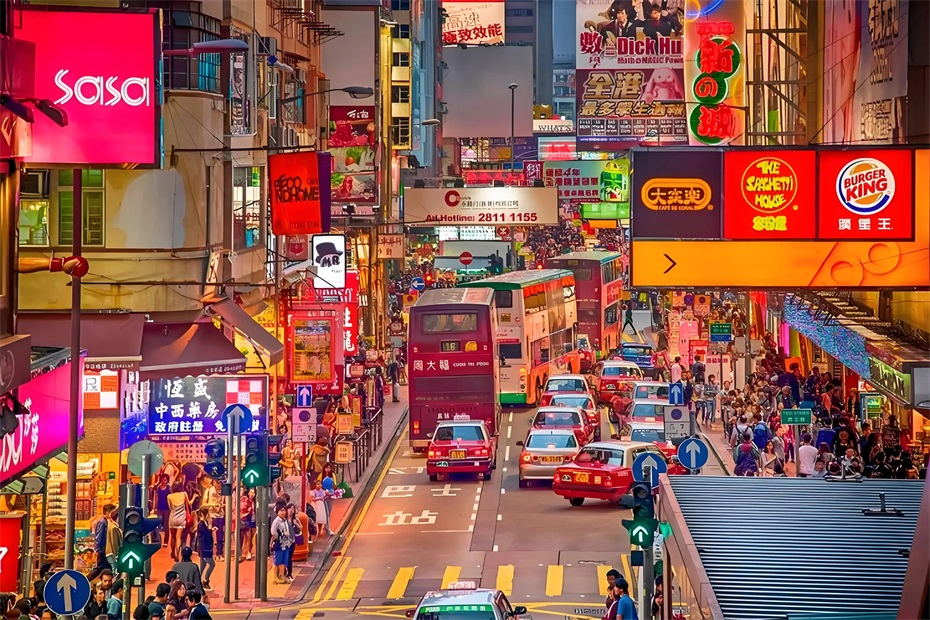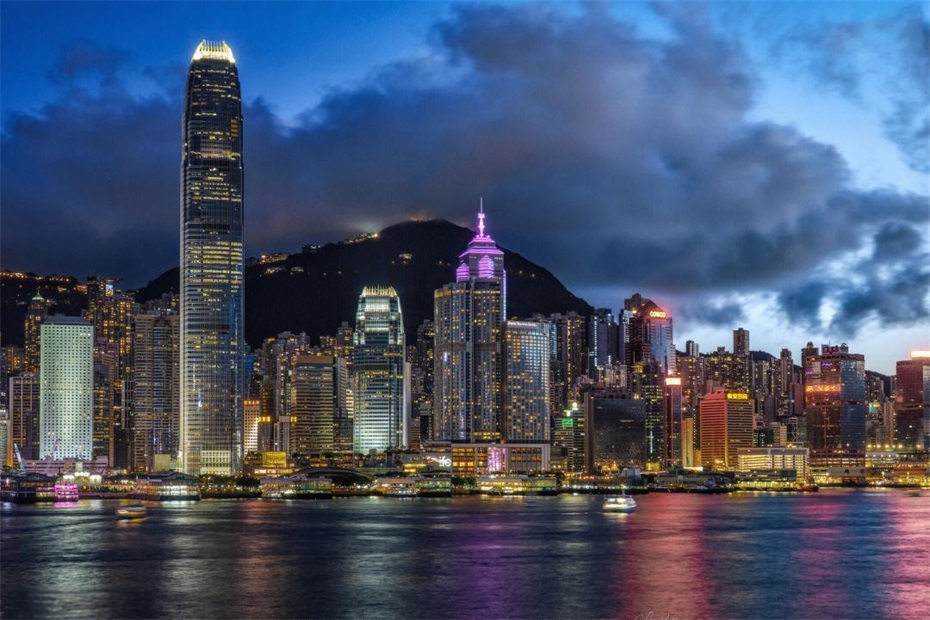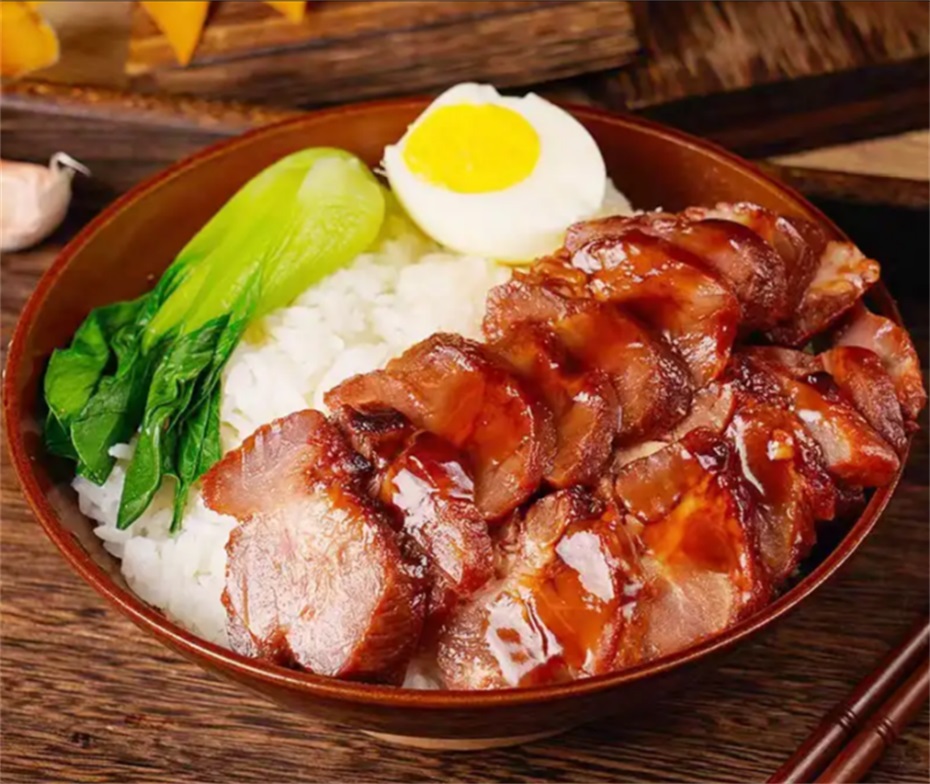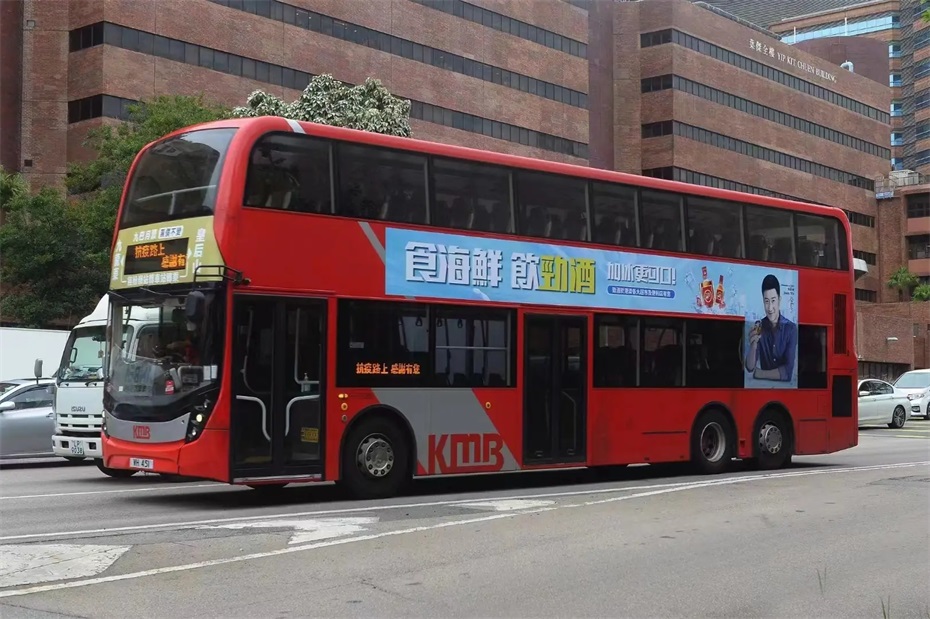Hong Kong
Overview of the Hong Kong Special Administrative Region

The Hong Kong Special Administrative Region is located in the south of China and east of the the Pearl River Estuary. It consists of Hong Kong Island, Kowloon Peninsula, the New Territories and 263 outlying islands, with a total area of about 1106 square kilometers and a permanent population of about 7.33 million (2022 data). The regional gross domestic product in 2022 is approximately HKD 2.83 trillion, making it the third largest financial center in the world, an important international trade center, and a shipping hub.
2¡¢ Geographical features
1. Location characteristics
Northbound to Shenzhen, Guangdong Province
Facing Macao and Zhuhai across the Pearl River estuary in the west
Facing Dapeng Bay to the east
South China Sea
Located at the center of the Asia Pacific region
2. Terrain and landforms
Mountains and hills account for over 60%
Highest Peak: Damaoshan (957 meters above sea level)
Victoria Harbour: A Natural Deep Water Port
Total length of coastline: approximately 733 kilometers
3. Climate characteristics
Subtropical monsoon climate
Annual average temperature: 23.3 ¡æ
Annual precipitation: approximately 2398 millimeters
Multiple typhoons in summer and autumn
3¡¢ Historical evolution
1. Early history
214 BC: The Qin Dynasty was incorporated into the territory
Ming and Qing Dynasties: Guangzhou Outer Harbor
1842: The Treaty of Nanjing ceded Hong Kong Island
1860: The Treaty of Beijing ceded the Kowloon Peninsula
1898: Lease of the New Territories for 99 years
2. Modern development
1941-1945: Japanese occupation period
1984: Sino British Joint Declaration
July 1, 1997: Return to the motherland
In 2003, CEPA was signed
2019: Revision controversy
2020: Implementation of the National Security Law
4¡¢ Cultural characteristics
1. Integration of Chinese and Western cultures
Official languages: Chinese, English
Religion: Coexistence of Buddhism, Taoism, Christianity, etc
Festivals: Celebrating Chinese and Western Festivals Together
2. Cultural industry
Movie: The Golden Age of Hong Kong Film Production
Music: Cantonese pop songs
Literature: Integration of Chinese and Western Styles
Design: Developed creative industry
5¡¢ Administrative divisions
1. Main areas
Hong Kong Island: Political and Commercial Center
Kowloon: Traditional Business District
New Territories: accounting for 86% of the total area of the region
Outlying Islands District: 263 islands
2.18 administrative regions
Central and Western District, Wan Chai District and other four districts on Hong Kong Island
Kowloon District 5
New Territories District 9
6¡¢ Tourist destinations
1. Urban attractions

Victoria Peak: Overlooking Hong Kong
Disneyland: Theme Park
Ocean Park: Comprehensive Resort Area
2. Cultural landmarks
The Palace Museum of Culture
M+Visual Culture Museum
Wong Tai Sin Temple
Temple street
3. Natural scenery
Lamma Island: Outlying Island Charm
Longji: Hiking Trail
Wanyi Reservoir: Geological Wonders
Mai Po Nature Reserve
7¡¢ Featured cuisine
1. Authentic cuisine

Roast flavor (roasted goose, char siu)
Hong Kong-style milk tea
egg puffs
cart noodle
2. Dining Features
Tea restaurant culture
Dai Pai Dong
Michelin starred restaurants are densely packed
Seafood Street
3. Featured pastries
Wife cake
Pineapple bun
egg tart
Mooncakes (milk yellow, ice skin)
8¡¢ Economic development
1. Pillar industries
Financial Services Industry: Global Financial Center
Trade Logistics: Advantages of Free Ports
Professional services: legal, accounting, etc
Tourism industry: a shopping paradise
2. Innovative technology
Science Park, Cyberport
Biotechnology Center
Development of Financial Technology
Smart City Construction
9¡¢ Transportation Network
1. Public transportation

Bus: Characteristics of double decker buses
Tram: A Century of History
Ferry: Connecting to Outlying Islands
2. External transportation
Airport: Hong Kong International Airport
Hong Kong-Zhuhai-Macao Bridge
Guangzhou Shenzhen Hong Kong High Speed Rail
Cross border bus
10¡¢ Social status quo
1. Education system
12 years of free education
Multiple top 100 universities in the world
International School Concentration
2. Medical system
Low price and high-quality public hospitals
Developed private healthcare
Global leader in average life expectancy
3. Social characteristics
The population density ranks third globally
The wealth gap is significant
The trend of aging is evident
11¡¢ Relations with Mainland China
1. Economic integration
CEPA has been implemented for nearly 20 years
Core engine for the construction of the Greater Bay Area
Cross border infrastructure connectivity
2. Personnel exchanges
Millions of people exchange ideas every year
Mainland residents travel to Hong Kong for tourism
Hong Kong people developing in mainland China
3. Future development
Northern Metropolitan Area Planning
International Innovation and Technology Center
Center for Cultural and Artistic Exchange between China and Foreign Countries
Since Hong Kong's return, the practice of "One Country, Two Systems" has achieved universally recognized success. Currently, Hong Kong is seizing the opportunity of national development, consolidating and enhancing its competitive advantages, actively integrating into the overall development of the country, and maintaining long-term prosperity and stability. The central government fully supports Hong Kong's economic development and improvement of people's livelihoods, ensuring the stable and far-reaching implementation of the "One Country, Two Systems" policy. Looking ahead to the future, Hong Kong will undoubtedly play a unique role and make new and greater contributions in the process of the great rejuvenation of the Chinese nation.
simliy
